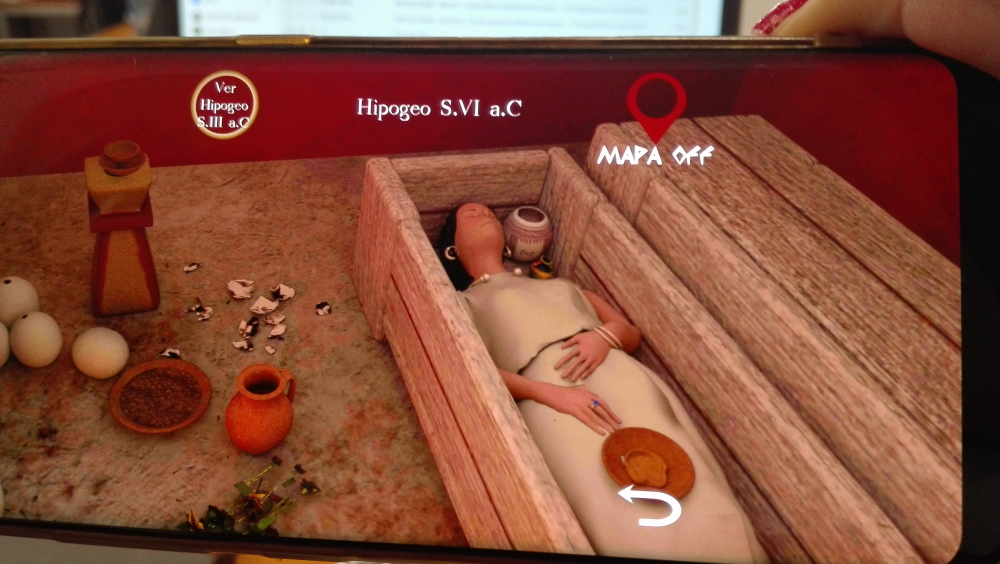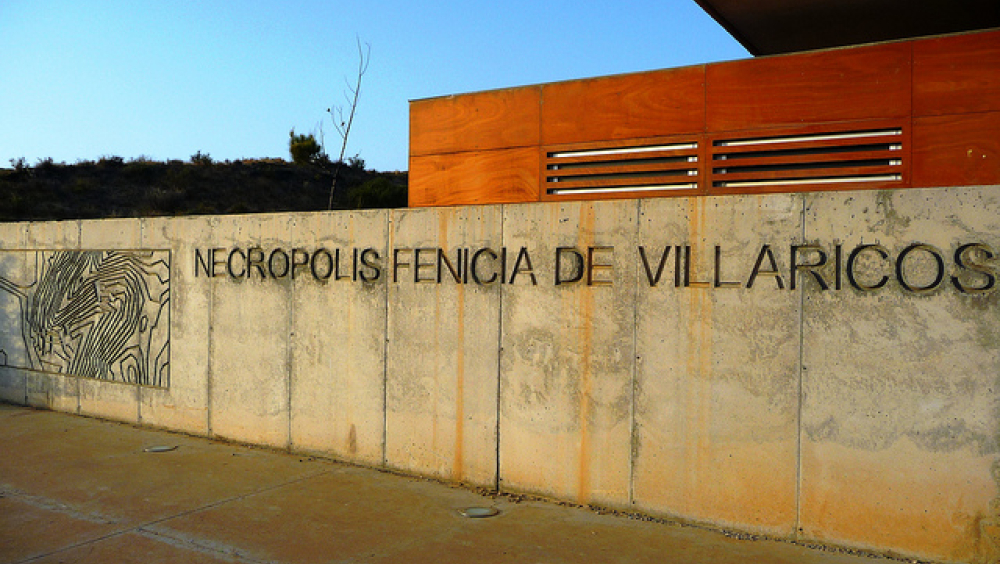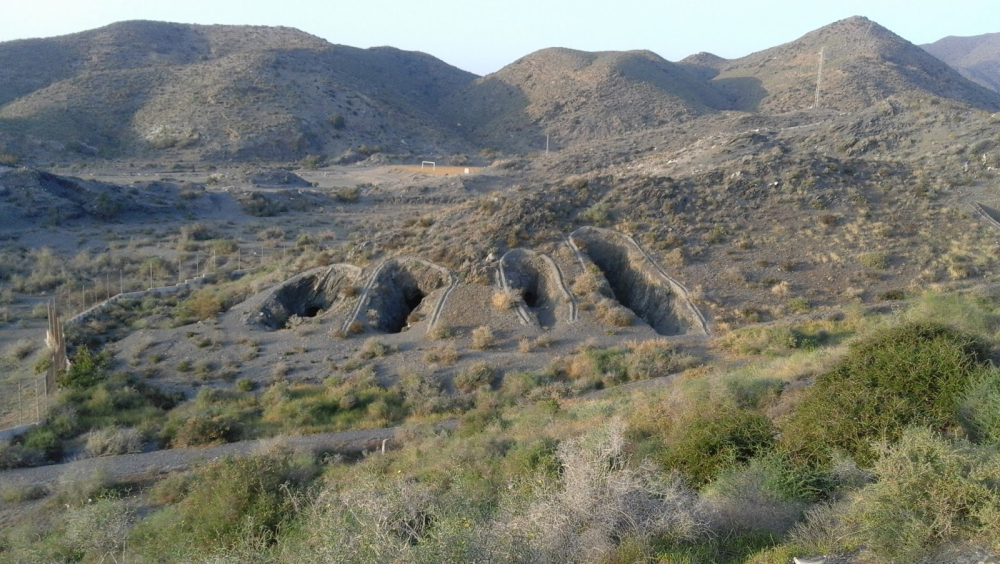HISTORY OF THE CITY OF BARIA
The project aims to highlight the impact of the Phoenician people on the entire coast by bringing together architectural and intangible heritage, with a particular focus on the Mediterranean Diet. The shared culinary similarities between European countries like Greece, Italy, France, and Portugal, as well as Eastern countries such as Lebanon, Israel, and North African countries like Algeria, Egypt, and Morocco, are emphasized. These connections are made evident through the Phoenician archaeological remains.
The goal of this project is to promote awareness of the Mediterranean Diet's identity, focusing on the similarities in both its food and the almost ceremonial customs surrounding shared meals. Archaeological studies have provided valuable insights into the distribution of food along these routes.
Originating in Lebanon, the Phoenicians were a seafaring and commercial people who established colonies across the Mediterranean, creating a lasting impact through their network of maritime trade routes connecting East and West. Their commercial efforts fostered technological advancements, including iron metallurgy, the potter's wheel, and various irrigation and livestock farming techniques. They also introduced new crops, such as oil and vines, along with fishing, preservation, and salting techniques. Their influence extended beyond trade, contributing to a shared cultural development in coastal and inland areas through the introduction of an alphabet, religious practices, beliefs, and ideas that facilitated communication and exchange between different cultures.
The BARIA archaeological site, located in Villaricos, Cuevas del Almanzora, Almería, Spain, is home to the remains of the ancient city of Baria. Excavations at this site, which began in the 19th century and continue to this day, have revealed evidence of 14 centuries of continuous occupation, spanning from the arrival of the Phoenicians in the 7th century BC to the Arab period in the 7th century AD.
The Andalusian Archaeological Heritage Catalog registered the Archaeological Zone of Baria in 2005.
We have been part of the Council of Europe's Cultural Routes through The Phoenician Route since 2017.
Baria was established in the 7th century BC by the Phoenicians, who were drawn to the region due to its abundance of silver, fertile lands nourished by the Almanzora River, and plentiful fishing resources. The river's navigability for a kilometer facilitated the initial landing and subsequent construction of a port, which supported a thriving salting industry and the export of silver and other products across the Mediterranean. This port also facilitated the import of exotic goods from the East and North Africa, enriching the city's daily life.
The city had a temple dedicated to the goddess Astarte, who was revered as a deity of fertility and protector of sailors, miners, and warriors. In the 3rd century BC, Baria allied with Carthage during the Second Punic War and began minting its own currency, possibly to finance the Carthaginian military contingents sent to defend the city from the Romans. In 209 BC, after a three-day siege, Publius Cornelius Scipio, also known as Scipio Africanus, conquered Baria.
Evidence of this siege can be found in the ash and coal remnants discovered during archaeological excavations.
The city's peak was in the 6th century BC, which is when its necropolis'- five hypogea date from. These family tombs were reused until Roman times and some were found to have masonry walls plastered and painted red. The chambers, accessed by a large stone slab, range from 10 to 26 square meters in area. The grave goods found within indicate that these tombs belonged to very wealthy families. These included jewelry (earrings, necklaces, and bracelets in gold, silver, or bronze), weapons, unguentaries, amulets, decorated ostrich eggs, amphoras of wine and oil, bowls with dried fruit, meat offerings, and many other artifacts.
These merchants established three major maritime routes from East to West and vice versa, integrating the port into a cabotage system. One route went through the south and east of the peninsula to Marseille, another through North Africa, and a third towards the Balearic Islands, Italy, Greece, and the Near East. They transported products, initially exotic, that eventually became rooted in everyday life and remain so today.
ACTIONS
Over the past few years, we have organized conferences, workshops, guided tours, posters, and augmented reality, among other activities. We now want to expand into a more international study and dissemination, using the Mediterranean Diet as our connecting theme, to give us continuity in the European Heritage Days year after year.
In addition to addressing food similarities, the 'duende' of a Mediterranean table, and food processing, we will also explore the different trades linked to these, such as mortuary offerings, fishing, and mining. In short, we will immerse ourselves in the Phoenician world.
We will highlight the importance of women's work in the culinary arts, emphasizing that domestic work has been essential since the beginning of time. Tasks such as feeding livestock, preserving and processing food, healthcare, passing on knowledge, and caring for children are often overlooked due to a lack of understanding. However, they are actually fundamental and essential for the survival of the community.
- - Celebrate and share European cultural heritage stories.
- - Promote intercultural dialogue and mutual understanding.
- - By highlighting the Phoenician contribution to the Mediterranean diet, this project will reveal a fundamental part of the shared history of Europe and the Mediterranean.


